
|
|
|
|
|
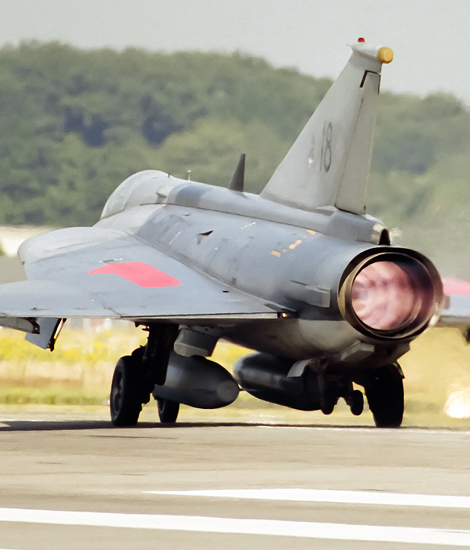
|
The Starfighter in Germany; Gilze-Rijen, July 2 – 8, July 2002
The Lockheed F-104 Starfighter, part 2; Text and Photograph's by Alex van Noye
The F-104G Starfighter is the most common variant of the aircraft in Europe. The aircraft was designed for the West German Luftwaffe during the highlight period of the Cold War. The TF-104G and RF-104G Starfighter are special variants which have been developed from the F-104G for the training and reconnaissance role.
The Lockheed F-104G Starfighter is an advanced variant of the aircraft intended for the German Luftwaffe and the European scenario during the Cold War. In addition to the interceptor role, this variant has also been made suitable for carrying ground weapons. There were a total of 1122 aircraft of this type been built for air forces in Europe. The aircraft are built by Lockheed and Canadair under license and a European consortium of European companies which included Messerschmitt/MBB, Dornier, Fiat, Fokker and SABCA. The F-104G has a reinforced fuselage and wing structure compared with earlier variants. Also, the F-104G has a larger fuel capacity. The aircraft has an increased vertical tail plane for better stability in flight. The aircraft also received larger flaps for a better maneuverability of the aircraft. The new avionics ensured that the aircraft could also operate in the air to ground role. The Starfighter was previously equipped with the Autonetics NASARR F15A-41B radar, Litton LN-3 Inertial Navigation System and infrared equipment. For the nuclear role the F-104G can be equipped with a single 1-Mt B-43 nuclear bomb under the fuselage at the centerline hard point. There were about 250 Luftwaffe Starfighters assigned to the nuclear forces of the NATO. During the highlight of the Cold War, there were continuous six nuclear-equipped Starfighters 24 hours standby at QRA. Besides the nuclear weapons the F-104Gs were equipped with conventional weapons such as Lepus flare bombs, CBU-33 cluster bombs, conventional bombs and various iron LAU-3A unguided rocket pods.
The F-104F is the trainer version of the F-104G Starfighter from the first generation. There were a total of 30 F-104F aircraft delivered to the German Air Force. The Luftwaffe is the only operator of the F-104F in the world. This version of the Starfighter has not served long, because all planes were decommissioned by the Luftwaffe at the end of 1971. The F-104F was only an interim aircraft and was not suited for combat.
|
|
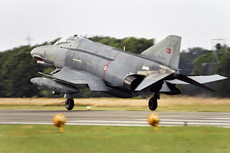
|
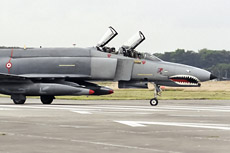
|
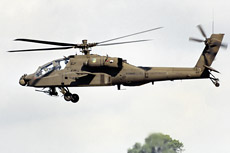
|
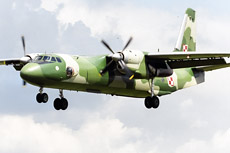
|
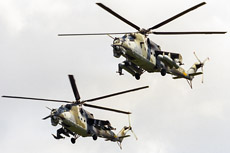
|
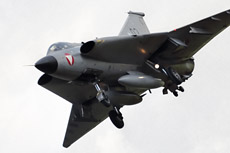
|
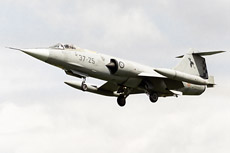
|
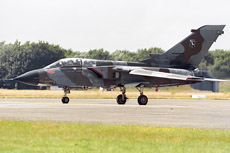
|
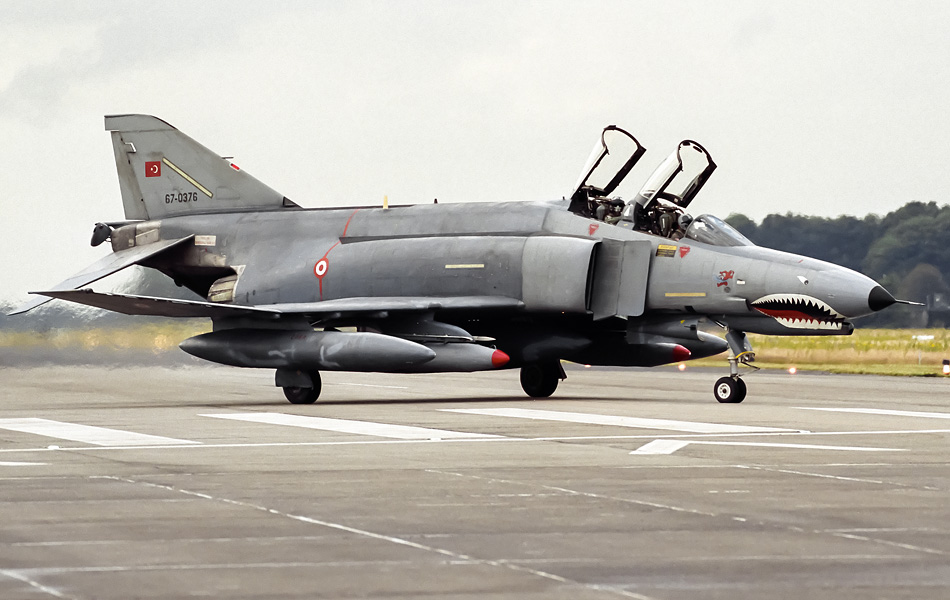
|
The aircraft had no radar and could not carry many weapons like the F-104G could carry. The TF-104G is like the F-104F a trainer version of the F-104G Starfighter. This Starfighter variant does have all the equipment on board which have been incorporated in the upgraded F-104G. The big difference is the dual cockpit which is available in the TF-104G. Also, the TF-104G has in comparison with the single seat variant no board canon. There is not much space available in this Starfighter, because it is a relatively small aircraft. The second cockpit therefore occupies the space where at the single seat version the patterns for the board weapon are placed. Internal fuel capacity is also reduced by the second cockpit. The TF-104G has therefore a smaller operating range than the F-104G. Among the centerline of the TF-104G nothing can be suspended, because the aircraft has no centerline pylon. There were a total of over 220 TF-104G Starfighters built of which most of them have served in the Luftwaffe.
For the photo reconnaissance mission Lockheed developed the RF-104G. This version of the Starfighter would be equipped with a number of internal cameras designed specifically for aerial photography. The total amounts of 189 aircraft of this type were delivered to the German, Dutch and Italian Air Force. The majority of these aircraft have served at the West German Air Force. Like the TF-104G, the RF-104G has no onboard weapon behind the cockpit. Here, too, has been chosen for this due to a lack of space for this weapon. At this point the RF-104G has three KS-67A cameras at different angles. The German RF-104G flew both at the Luftwaffe and the Marineflieger. The German planes flew only with the internal cameras, while the Dutch and Italian aircraft also often used the Orpheus pod on the centerline. The Orpheus pod was developed in the Netherlands by the company Oude Delft, the National Aerospace Laboratory and Fokker. The Orpheus weighs 350 kg and is mounted on the center line of its carrier. The pod is optimally designed for use at high speeds between 500 and 1000 km/h and at low altitudes from 30 to 500 meters. The pod contains five daylight cameras and an infrared line scanner (IRLS). The IRLS had a scan rate of 200 frames per second and had a movie length of 45 meters. The pods were later in the Netherlands also used on the F-16 and in Italy on the AMX.
The German Air Force has been a major user of the F-104 Starfighter. The country had more than 35% of the total global Starfighters in use. The German version of the Starfighter was the F-104G where the letter G stands for Germany. The German Starfighters came from more than five different production lines. The German Air Force received the following types of Starfighters; 30x F-104F, 96x F-104G and 136x TF-104G of the Lockheed line 255x F/RF-104G of the North Group, 210x F-104G of the South Group, 88x F-104G of the West Group, 50x F/RF-104G of the Italian lines and finally 50 replacement F-104G in place of crashes supplied by MBB. In 1966, Johannes Steinhoff was given command of the Luftwaffe. He was not satisfied with the Starfighter fleet and put the entire fleet on the ground until the problems were resolved. In the years which followed many problems were solved. But a big structural problem in the wings of the plane became visible. In the design of the Starfighter the amount of G forces that would pulled by the Germans with the airframe was not taken into account. Eventually, the wings were replaced and the Starfighter could resume its service again. The Germans were operating with 916 Starfighters and was the largest user of the aircraft in the world. There were a total of 270 Starfighters crashed and more than 110 German pilots were killed. The Starfighter was therefore in Germany nicknamed "The Widowmaker". The last German Starfighters were decommissioned at WTD-61 in Manching on May 22, 1991. The Starfighters have in Germany flown at 16 different units at the West German Luftwaffe and the West German Marineflieger.
|
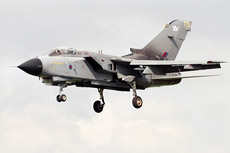
|
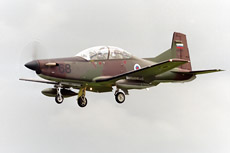
|
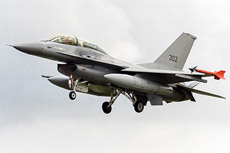
|
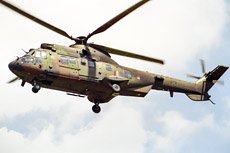
|
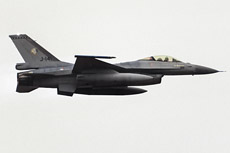
|
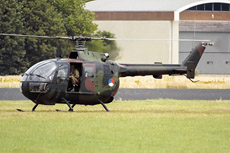
|
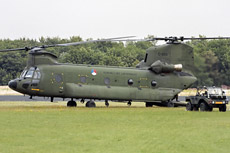
|
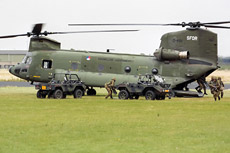
|
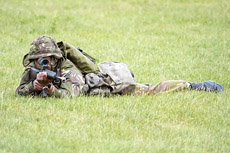
|
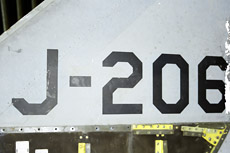
|
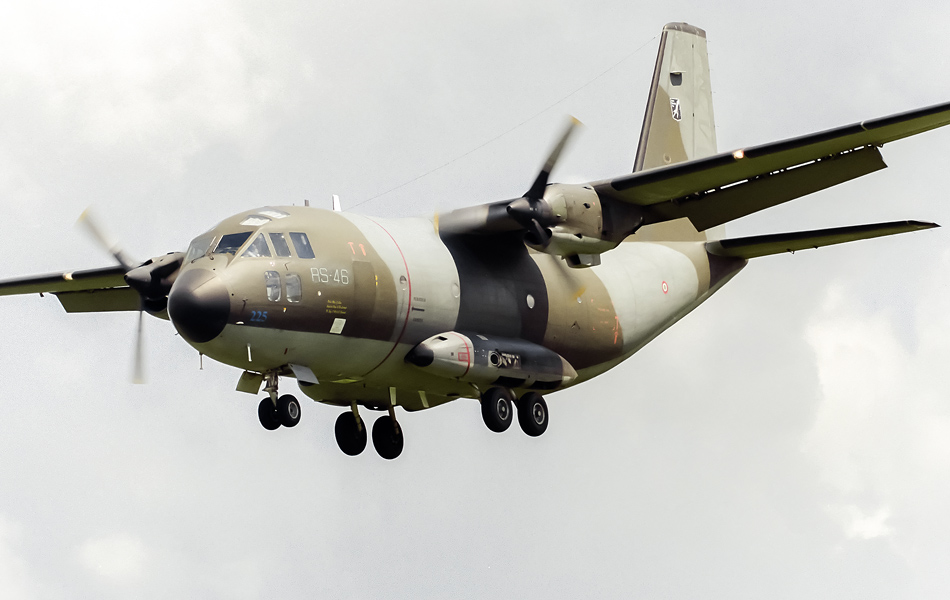
|
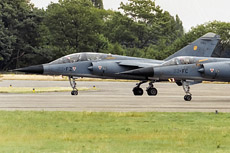
|
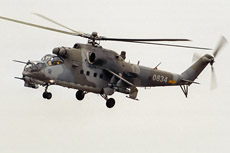
|
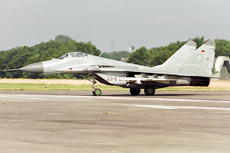
|
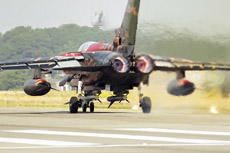
|
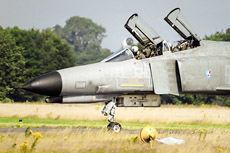
|
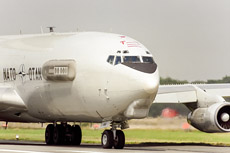
|
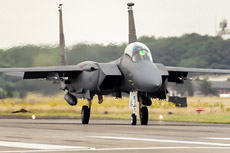
|
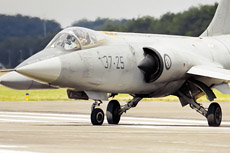
|
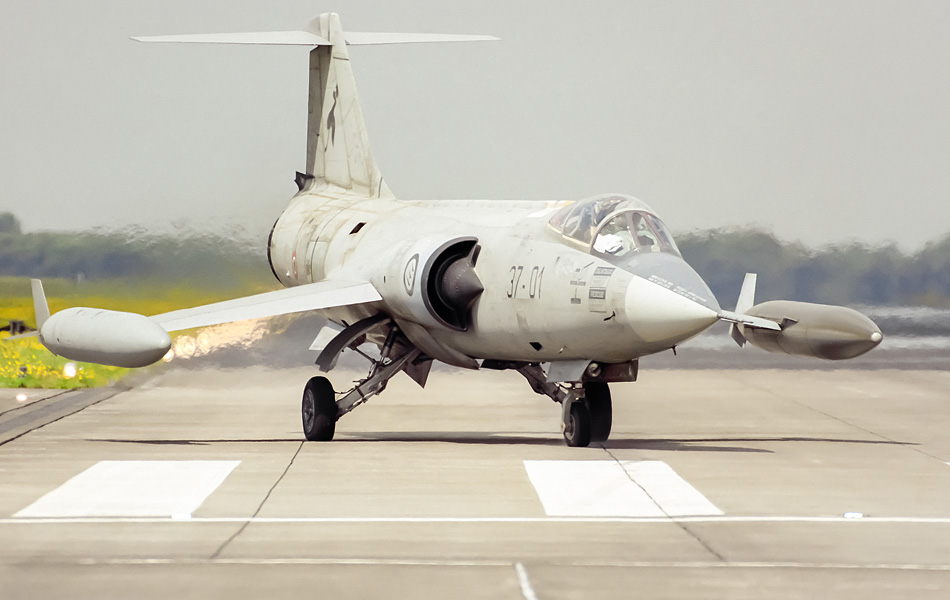
|
|
|

|







